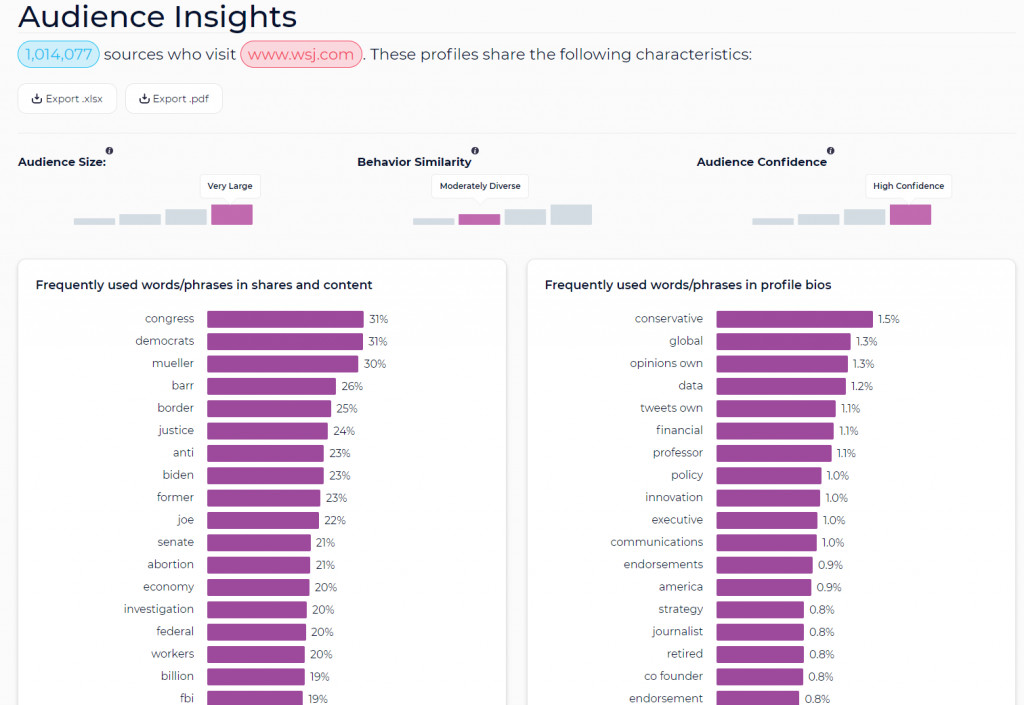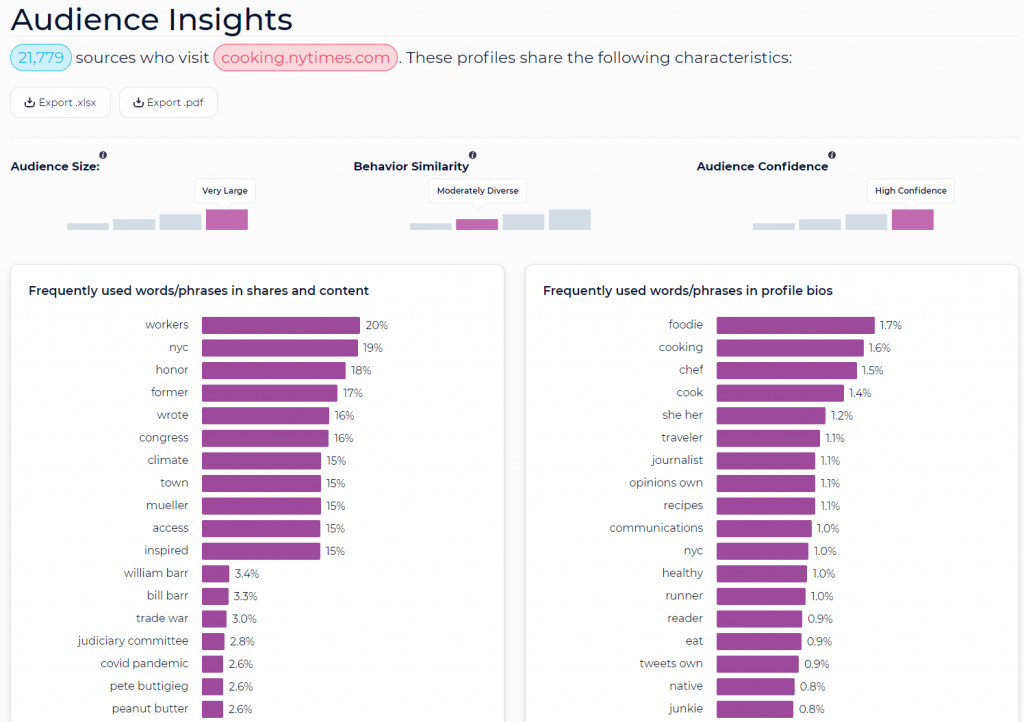In the dynamic world of marketing, a familiar scenario often unfolds, bridging the gap between strategic planning and executive expectations. Imagine this:
Marketing Expert: “Based on thorough market analysis, our core demographic is clear: passionate board game enthusiasts with families. We’ve meticulously crafted a content marketing strategy, complemented by targeted PR and social media campaigns, ensuring our latest game resonates with the right audience, delivering the right message, in the most effective channels.”
CEO/CMO/VP Marketing: “Excellent strategy – right people, right message, right channels! However,” – and here’s the pivot – “can we secure a feature in the Wall Street Journal?”
Marketing Expert: “The Wall Street Journal? Could you elaborate on the rationale?”
Executive: “Well, it’s not explicitly in your plan, but my network reads the Wall Street Journal. I engage with them. They trust it.”
Marketing Expert: “Understood. We’ll certainly consider incorporating it.”
Executive: “The overall strategy looks promising, but that WSJ piece is non-negotiable. It’s critical for our success, mirroring competitor X’s trajectory after their Journal coverage.”
Marketing Expert: (acutely aware that competitor X’s WSJ feature was a result of their broader success, not the catalyst) “Acknowledged. Wall Street Journal. Top priority.”
It’s important to recognize that executives operate within spheres often invisible to other team members. Their experiences and networks provide unique perspectives, whether you’re a consultant or in-house marketer. Understanding the underlying reasons for this “Wall Street Journal problem” is crucial. It allows for informed responses and facilitates those sometimes-challenging but necessary conversations.
Before proceeding, let’s clarify: “The Wall Street Journal problem” is not solely about the Wall Street Journal. It’s a metaphor. In various industries and contexts, marketers encounter similar executive directives centered on publications like The New York Times, The Washington Post, TechCrunch, prestigious medical journals, Oprah Magazine, or even high-profile social media accounts.
Even within marketing itself, this phenomenon exists. Marketing executives might prioritize features in industry-leading publications like AdAge or the NYT, believing it will boost recruitment, while a strategically placed blog post on platforms like Hubspot, Moz, or Search Engine Land could reach ten times the relevant marketing professionals. We, too, are susceptible to prioritizing perceived prestige over pragmatic, data-driven strategies.
Decoding the Executive-Marketer Disconnect
Executives aren’t inherently wrong, but neither are they infallible. Bias is a factor. To navigate this, empathy and understanding are key. The root of this disconnect often stems from one or more of these factors:
-
Correlation versus Causation: Many successful companies have been profiled in high-prestige publications. This can create the illusion that such features cause success, rather than being a consequence of it. Executives may see the correlation and assume a causal link.
-
Market Signaling: If the objective is to signal success to industry peers – competitors or potential acquirers – a feature in a high-prestige publication can be valuable. This is especially true if the executive intends to leverage the coverage in direct, one-on-one communications. Sales executives, for example, often share links to such articles to enhance credibility. Companies also like to display logos of prestigious publications on their websites and marketing materials for the implied authority.
-
Investor Relations: During fundraising rounds, executives might use high-profile media coverage as an introductory tool to grab investors’ attention or create momentum in negotiations. While its direct impact on securing venture deals is debatable, the perception of its effectiveness persists.
-
Recruiting Top Talent: When seeking C-suite or VP-level executives, coverage in prestigious publications can be advantageous. It reinforces the narrative of a company on an upward trajectory, drawing parallels to other successful companies that have received similar recognition.
-
Bragging Rights – The Toro on Wall Street Effect: Often, the desire for high-prestige coverage boils down to personal pride. There’s nothing inherently wrong with this. Many leaders, deep down, desire the validation of a New York Times feature. However, acknowledging that personal pride is a primary or partial motivator is often the challenge. It’s like chasing the “toro” – the Charging Bull of Wall Street – a symbol of aggressive financial optimism and success. The pursuit of a WSJ feature can be akin to chasing this symbolic bull, a prestigious trophy.
None of these motivations are inherently flawed. They all carry some form of value. However, for marketers tasked with PR pitches, content placement, advertising, guest editorials, podcast appearances, or event participation, the core challenge is resource prioritization.
Navigating the “Toro Wall Street” Chase: A Pragmatic Approach
Want to allocate $50,000 for a Wall Street Journal ad to impress competitors, signal investors, and please your network? If the budget allows and immediate ROI isn’t paramount, it’s a viable choice. Many companies do it.
However, marketers must initiate the sometimes-uncomfortable but crucial conversation: resources are finite, and outcomes should align with investments. Pouring $50,000 into a WSJ campaign, even if successful, won’t effectively reach a large segment of board game enthusiast parents.
The primary obstacle here is often demographic mismatch.
Review the Wall Street Journal’s advertising rate card (a substantial PDF document detailing ad costs and audience demographics). You might find data that, at first glance, seems to support the idea that an ad (or feature, or editorial) can reach your target audience. However, deeper analysis using third-party data reveals a different picture of the WSJ readership and content engagement.
 SparkToro analysis of~1MM profiles that frequently engage with content on WSJ.com
SparkToro analysis of~1MM profiles that frequently engage with content on WSJ.com
SparkToro analysis of ~1 million profiles that frequently engage with content on WSJ.com, illustrating demographic and interest skews.
The WSJ effectively reaches a demographic of affluent, predominantly male, often conservative, American readers with a strong interest in politics and finance. If this aligns perfectly with your customer profile, then it’s a strategic fit.
Let’s extend this beyond the WSJ. Consider a food company aiming to feature a new meal concept in The New York Times Cooking section. Even if there appears to be a surface-level alignment between your target audience and the prestigious publication, proceed with caution.
 SparkToro analysis of ~22K profiles that engage with content from NYT Cooking
SparkToro analysis of ~22K profiles that engage with content from NYT Cooking
SparkToro analysis of approximately 22,000 profiles engaging with NYT Cooking content, highlighting audience specifics.
Securing coverage (or advertising) in high-prestige sources is incredibly challenging and often disproportionately expensive compared to the reach achieved within your specific target demographic. Prioritizing a publication solely based on executive preference can lead marketers and entire teams to over-invest time, energy, and budget for limited returns.
Initiate that crucial conversation. Clearly articulate what is being sacrificed.
Months of relationship-building and story development, or tens of thousands spent on a low-ROI ad, could be redirected. That same investment could be distributed across numerous smaller, more targeted channels, collectively generating significantly greater reach and impact.
This principle applies across PR, advertising, content marketing, SEO, email marketing, and every other channel. Multiple impressions from diverse, targeted sources consistently outperform a single impression from one high-prestige, but potentially misaligned, source.
From my experience in SEO, the long-tail keyword strategy consistently outperforms chasing a few high-volume “money keywords.” The same holds true for podcasting, content placement, influencer marketing, and email newsletter sponsorships. When facing the “one versus many” dilemma, competitive intelligence can be invaluable in these executive discussions. Showcase examples of brands that achieved remarkable results through diversified, multi-channel approaches versus those that relied on singular, high-prestige placements. Explain that while surveys and anecdotal feedback might suggest a few prominent sources are driving awareness, clickstream data from tools like SimilarWeb or your own analytics provides a more accurate picture of audience behavior and source attribution.
” engage with Philly.com than NYT Cooking](https://images.sparktoro.com/blog/wp-content/uploads/2020/07/image-11-1024×754.png)
Illustrative data comparing audience engagement: Philly.com’s amateur chef content vs. NYT Cooking.
Remember the adage: “You miss 100% of the shots you don’t take.” However, if all marketing efforts are focused on scoring against the toughest “opponents” – the gatekeepers of high-prestige media – you’ll inevitably miss countless opportunities to connect with your target audience through more effective and efficient channels. Don’t just chase the “toro” of Wall Street; build a robust and diversified marketing strategy that truly reaches your ideal customer.
